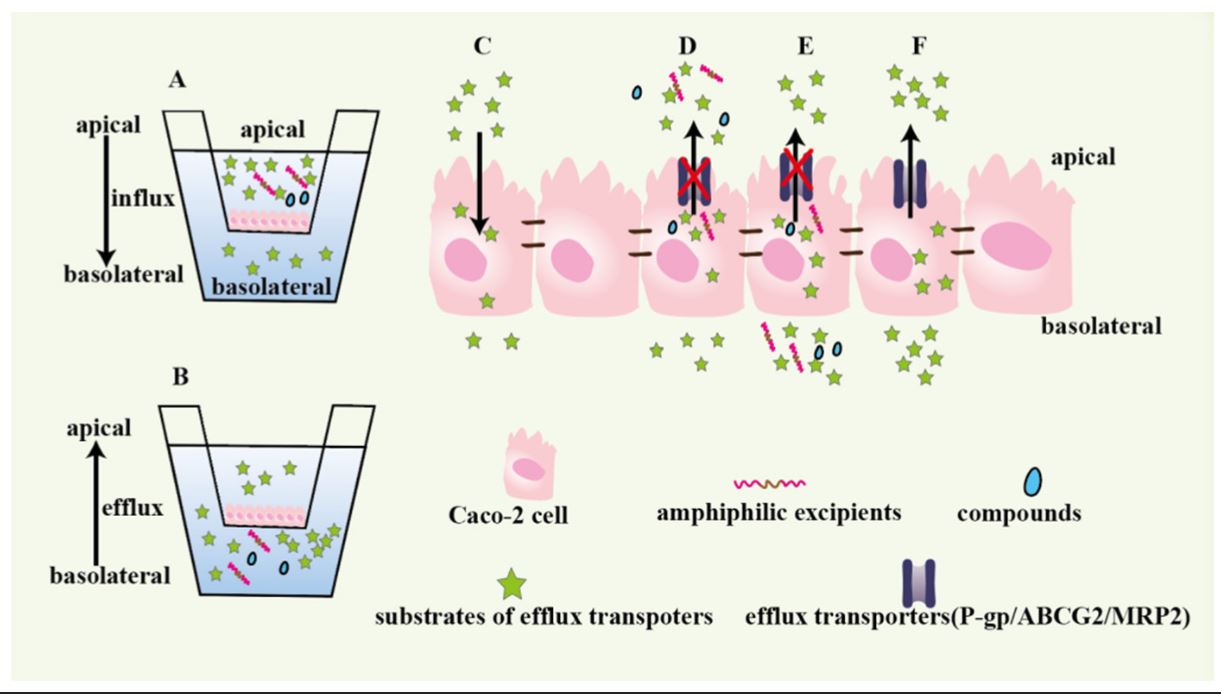Strategies and Mechanism in Reversing Intestinal Drug Efflux in Oral Drug Delivery

Efflux transporters distributed at the apical side of human intestinal epithelial cells actively transport drugs from the enterocytes to the intestinal lumen, which could lead to extremely poor absorption of drugs by oral administration. Typical intestinal efflux transporters involved in oral drug absorption process mainly include P-glycoprotein (P-gp), multidrug resistance proteins (MRPs) and breast cancer resistance protein (BCRP). Drug efflux is one of the most important factors resulting in poor absorption of oral drugs. Caco-2 monolayer and everted gut sac are sued to accurately measure drug efflux in vitro. To reverse intestinal drug efflux and improve absorption of oral drugs, a great deal of functional amphiphilic excipients and inhibitors with the function of suppressing efflux transporters activity are generalized in this review. In addition, different strategies of reducing intestinal drugs efflux such as silencing transporters and the application of excipients and inhibitors are introduced. Ultimately, various nano-formulations of improving oral drug absorption by inhibiting intestinal drug efflux are discussed. In conclusion, this review has significant reference for overcoming intestinal drug efflux and improving oral drug absorption.
Download the full research paper as PDF: Strategies and Mechanism in Reversing Intestinal Drug Efflux in Oral Drug Delivery
Chapter 4: Excipients to Inhibit Efflux Transporters Activity
4.1. TPGS
4.2. β-Cyclodextrin
4.3. Pluronic
4.4. PEGs
4.5. Others
Table 2: Excipients to enhance oral drug bioavailability (click to enlarge).


